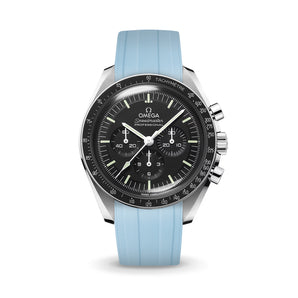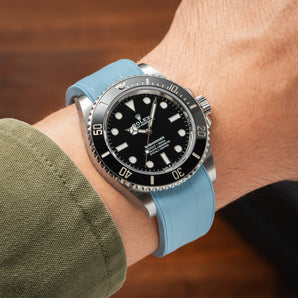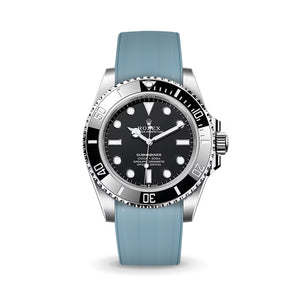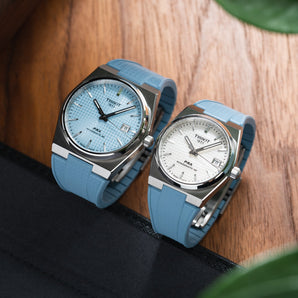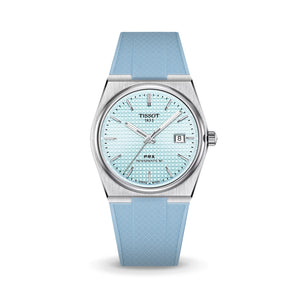Today, we launch our curved lug straps as ready stock. Curved lugs have been available for custom order for a while now, but we understand that sometimes you just don't want to wait 3-6 weeks just to get a curved lug strap. For owners of F.P. Journe, Ming, Moser, Vacheron Constantin, and other brands that employ the use of curved lug straps, we hope that this initial release (and more to come) will be welcomed!
But the focus of this article is to answer the most common question we've received during this launch - does my watch require the use of curved lug straps? If your watch needs it, you will probably know. But if your watch doesn't need it, you might be wondering if you should still get it.
Before diving into the watches, let's first talk about the straps.
WHAT MAKES A CURVED LUG STRAP?
Curved lug straps different from regular straight straps in that the spring bars used are curved. This allows for the leather around the lug area to be curved according to the curvature of the spring bar. A key point to note is that the position of the spring bars relative to the tip of the strap remains the same compared to straight straps. There are no additional inserts used, and because of that, these straps are pretty universal - you can use them on any watch that requires curved lugs. As the curvature of every case will be slightly different, and the curvature of the spring bars can be different too, these straps will be fitted close to the case, but it will not be a 100% flush fit.
There's another type of strap that is very similar to curved lug straps, and I call them integrated straps. These are straps that are made with a custom made insert fitted at the lug end. The purpose of this insert is to ensure a 100% flush fit with the case of the watch. These inserts are often specific to watch models, and hence integrated straps are often specific to watch modes.

|
 |
 |
Note: Curved spring bars (especially those with quick release) are not common on the market - these are often custom developed with a very large minimum order. Sometimes, if strap makers do not have curved spring bars in the needed lug width, they may just bend a straight spring bar and make it slightly curved. While not ideal, it works in a pinch.
Now that we understand how the straps are different, let's talk about which watches require curved straps.
DOES MY WATCH NEED A CURVED STRAP?
As it relates to curved straps, there are broadly three categories of watches.
- "Straight straps" watches. Most watches would fall under this category - these watches allow you to use straight straps without any issues.
- "Curved straps" watches. These watches can only be used with curved straps. Examples include almost all watches from F.P. Journe, Ming, Daniel Roth, and some watches from Moser, Vacheron Constantin (not exhaustive).
- "Short lugs" watches. These are watches that can be used with straight straps, but might encounter some rubbing of the case with the strap due to the short lugs. Examples include most vintage watches, watches with straight/rectangular cases (JLC Reverso, Cartier), some watches from Grand Seiko, and infamously, many models of Rolex.
 |
 |
 |
1. "Straight Straps" Watches
These are your typical watches that can be used with straight straps without any issues (rubbing of strap against case etc). For watches in these category, we do not recommend using curved straps.
You might be wondering: Why not? Can't I use curved straps to reduce the gap between the strap and the watch case? No, it will actually increase the gap. Here's why.
Comparing between straight straps and curved straps, the distance from the spring bars to the tip of the strap remains the same, as there is no additional leather or insert at the lug end. With the curved straps, there is actually a gap caused by the curvature of the spring bar. Since the position of the holes to attach a spring bar on the watch is unchanged, using curved straps on watches that typically require straight straps will result in a larger gap between the strap and the watch case.
 |
 |
| (Ostrich Nicotine Signature strap on an Omega Speedmaster) | (Navy Saffiano in Signature (Curved) on an Omega Speedmaster) |
I still don't understand.

 |
 |
| Attaching the curved strap on the lower set of holes, you can see that there is still a noticeable gap between the strap and the case. | Attaching the curved strap on the upper set of holes brings the strap closer to the case, reducing the gap between the strap and the case. |
I still want to reduce the gap between the strap and the watch case. What can I do?
There are two possible solutions. The first is to find a strap maker that has integrated straps for your specific watch model. But be prepared to spend a large amount for the strap, as you are paying for the R&D cost of developing the custom insert.
The second solution is to order a custom strap, and request for thicker leather around the lugs on your strap. However, with thicker leather, the curvature of the lug will no longer be obvious, so it will not make a difference whether you choose curved or straight lugs.
(The third "solution" is to drill additional holes closer to the watch case, and use a curved lug straps. But we do not endorse this for obvious reasons)
2. "Curved Straps" Watches
Compared to "Straight Straps" watches, "Curved Straps" watches have two key difference. Firstly, the lugs are typically shorter. Secondly, the holes for attaching spring bars is much closer to the case. Hence, you won't even be able to attach a straight spring bar to the case, even if you tried. If you own a watch in this category, you must wear it with curved straps.
 |
 |
|
(Brown Waxy in Signature (Curved) on Ming 27.01)
|
3. "Short Lugs" Watches
The final category of watches are what I call "Short Lugs" watches. These are similar to "Straight Straps" watches, but with shorter lug on the watch case. Within this category, there are two sub-categories.
3a. Rectangular-shaped watches. Examples include JLC Reverso, Cartier Santos, Cartier Tank etc.
3b. Regular, round-shaped watches. Examples include some models of Grand Seiko, Rolex.
For category 3a (rectangular-shaped watches with short lugs), we do not recommend curved straps just because it will not look good against the straight lines of the case. Standard straight straps should work, but in the event that the lug holes are too close to the case and the strap cannot fit, you will need to get a custom strap and request for extra thin leather around the lugs.
For category 3b (regular, round-shaped watches with short lugs), it is not so straightforward whether you should go with curved or straight spring bars.
- In general, if you can fit straight straps with only slight rubbing of the strap against the case, we would still recommend to go with straight straps. Using curved straps would lead to a noticeable gap between the watch and strap. Ultimately you will need to decide whether you want to have a smaller/no gap but with rubbing of the strap against the case (go with straight straps), or to have a gap but no rubbing (go with curved straps). If you wanted to use straight straps but minimise the rubbing, you can get a custom strap with extra thin leather around the lugs.
- However, if the watch case has sharp edges (Rolex, I am looking at you) and will cause damage to the strap, we would recommend to use curved straps, or to get a custom strap with extra thin leather around the lugs.
 |
 |
|
(Brown Buttero Slim strap on a Kurono Classic)
|
(Pastel Blue Nubuck Slim (Curved) strap on a Kurono Classic)
|
Hopefully this article will clarify any doubts you might have about whether your current watch requires curved straps or not! If you are still unsure, drop us an email and we will help you out.
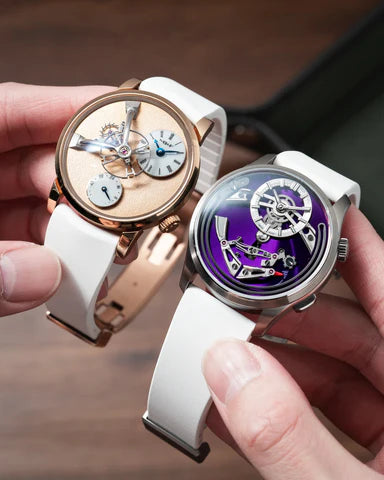

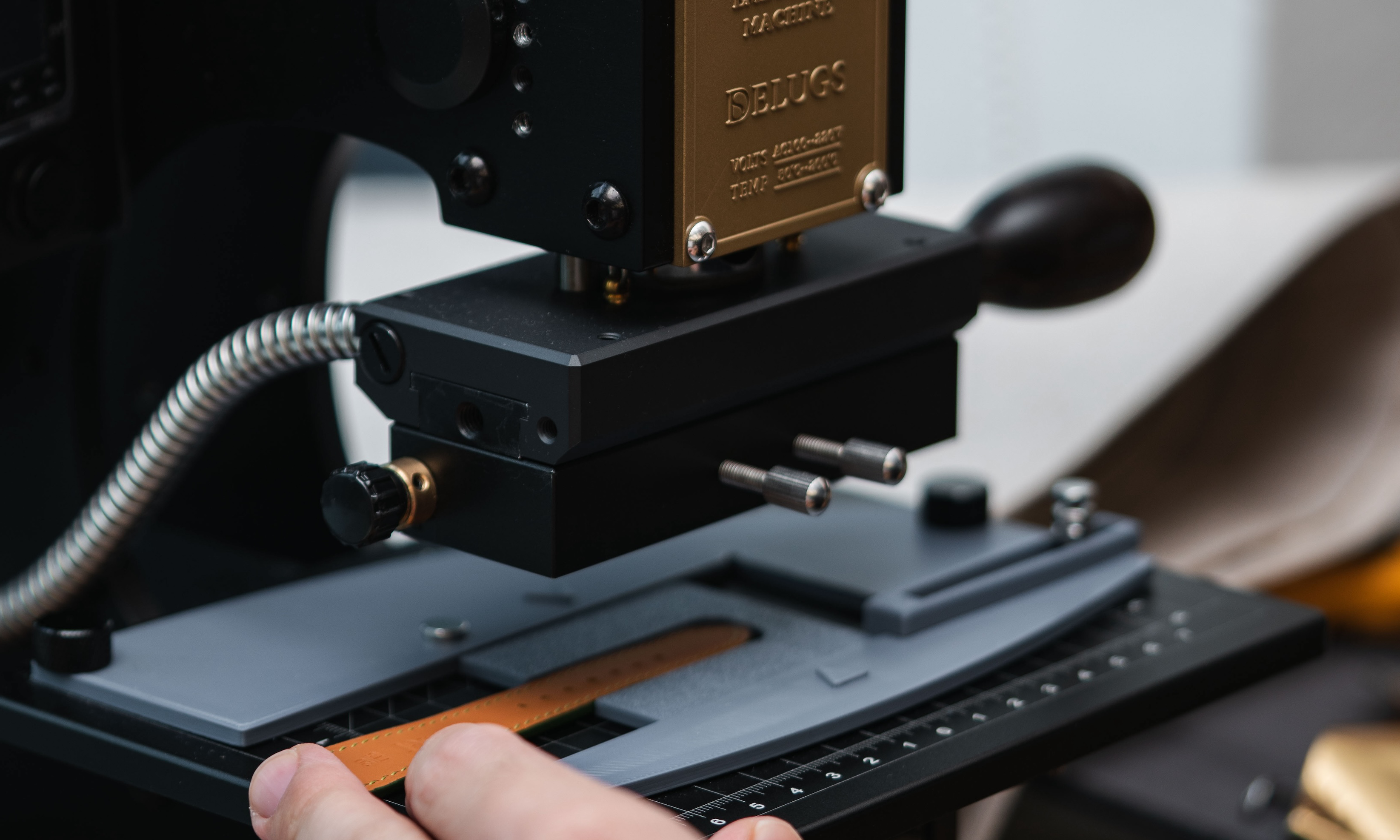




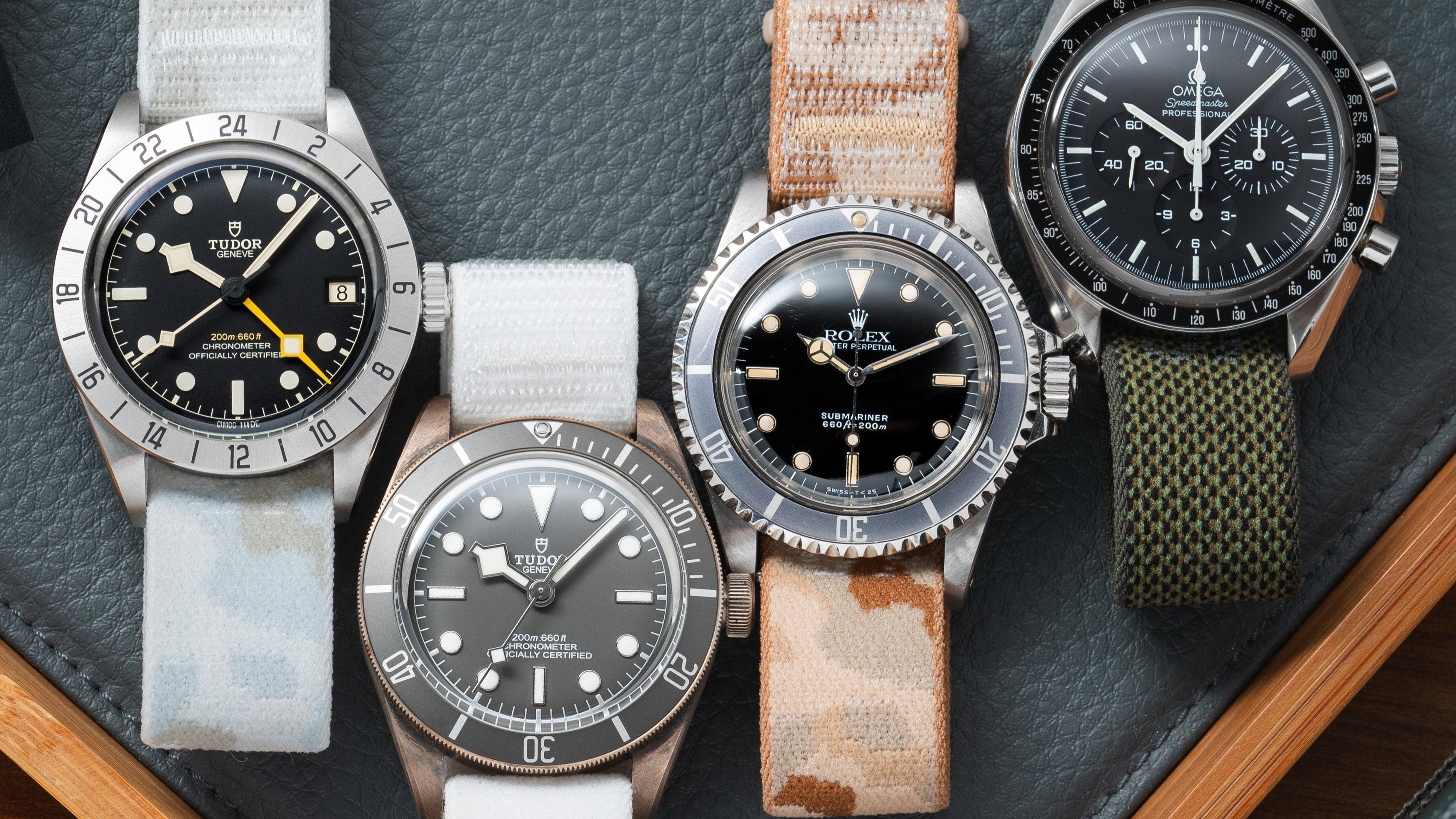
![Anthracite Hook Strap [kollokium x Delugs]](http://delugs.com/cdn/shop/files/20250919-A7405309_298x298_crop_center.jpg?v=1761299094)
![Anthracite Hook Strap [kollokium x Delugs]](http://delugs.com/cdn/shop/files/Kollokium_straps_Anthracite_1_298x298_crop_center.jpg?v=1761299094)
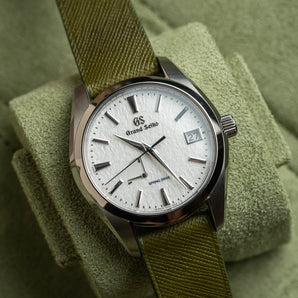
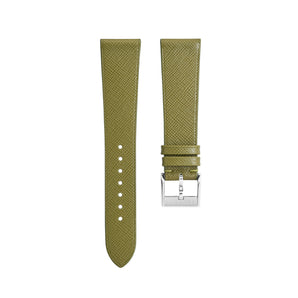
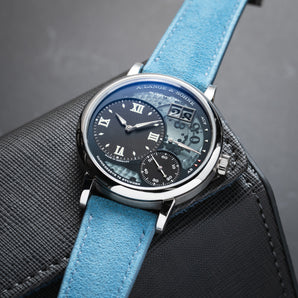
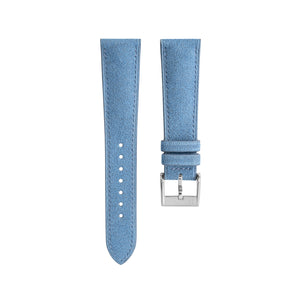
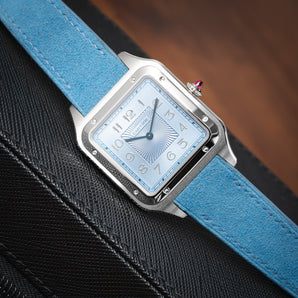
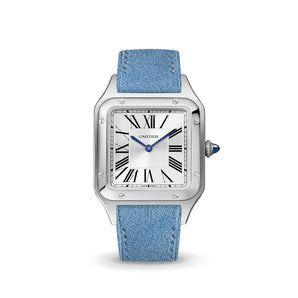
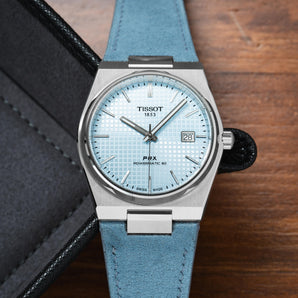
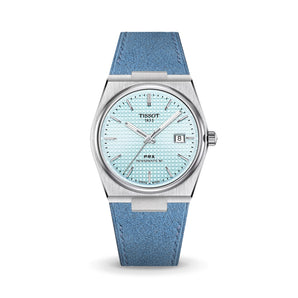
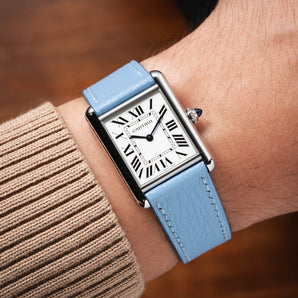
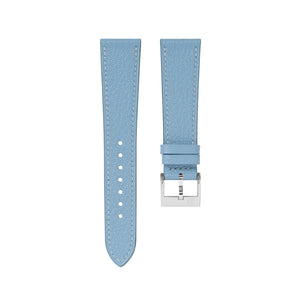
 Buy One, Get One 15% Off
Buy One, Get One 15% Off
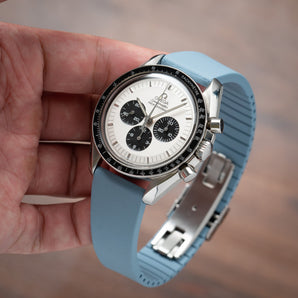

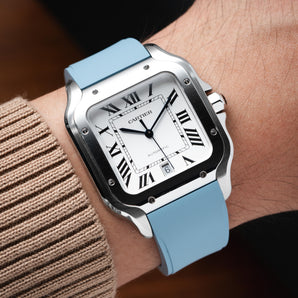
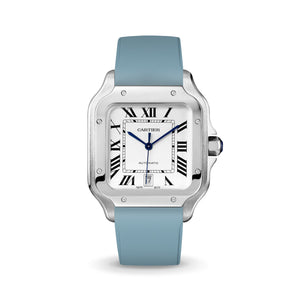
![Baby Blue CTS Rubber Strap for IWC Ingenieur [Prototype]](http://delugs.com/cdn/shop/files/20251001-DSC02482_1_298x298_crop_center.jpg?v=1759730616)
![Baby Blue CTS Rubber Strap for IWC Ingenieur [Prototype]](http://delugs.com/cdn/shop/files/IWC_Ingenieur_Rubber_CTS_Baby_Blue_298x298_crop_center.jpg?v=1759303635)

